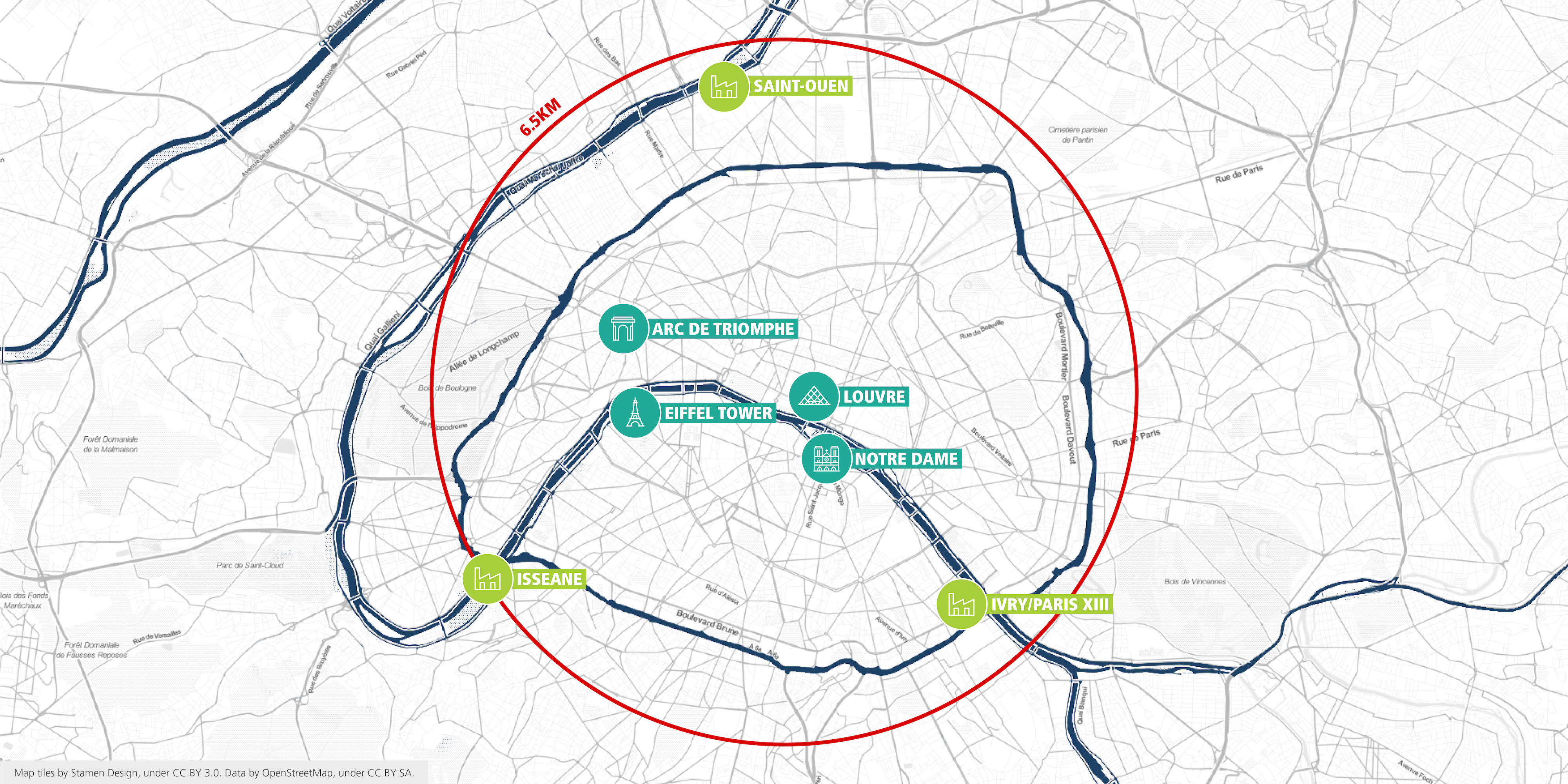The world’s biggest museum, the Louvre in Paris, is powered by Waste-to-Energy in exactly the same way about 50,000 Perth homes will be when Avertas Energy hits peak operation in 2021.
Avertas Energy is the first Waste-to-Energy facility in Australia, but it is far from the first in the world. It will join about 2000 Waste-to-Energy facilities around the world, some of which are located in city centres and suburban residential areas.
Paris is home to three facilities which are all located within the densely-populated metropolitan area, and well accepted and understood by their local communities.
The newest, called Isseane, is just a few kilometres from the Eiffel Tower. Its sleek design is a model of urban integration, with a modern warehouse appearance and no visible stack allowing it to blend seamlessly with its surroundings and comfortably co-exist with Paris’s trademark architecture.
The oldest facility, Ivry-Paris XIII, was built in 1969 and has been heating homes and businesses in Paris for 50 years.
The three facilities combined treat about 1.7 million tonnes of residual household waste every year, preventing about 900,000 tonnes of C02 from entering the atmosphere annually. They each meet the stringent European emissions standards, which Avertas Energy will also adhere to, allowing people to live close to the facilities with minimal effect on daily life.
In addition to reducing the amount of landfill a city like Paris produces, the facilities produce electricity and heat, powering homes and businesses in the Paris metro area. About half the Paris heating network demand is supplied by the three facilities, which goes to heat 20 per cent of homes, all 21 Parisian hospitals, and almost all monuments and museums – including the world’s biggest museum, the Louvre.
Paris, like many other cities around the world, is an example of what can be achieved with Waste-to-Energy, and the benefit to the community of living in close proximity to a Waste-to-Energy facility.

